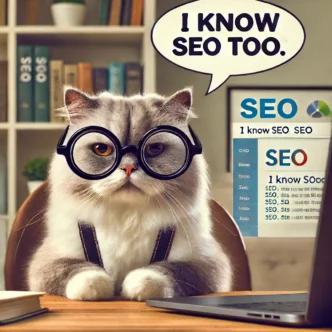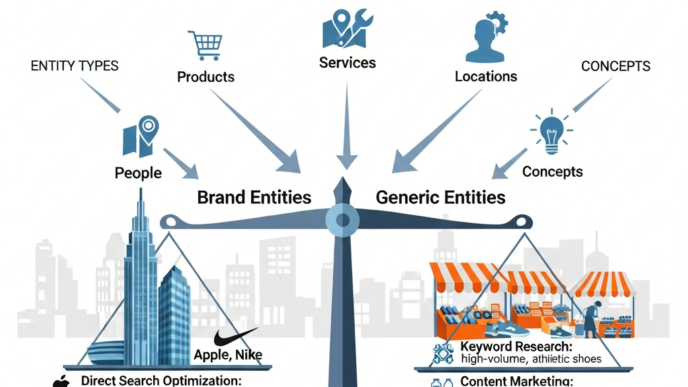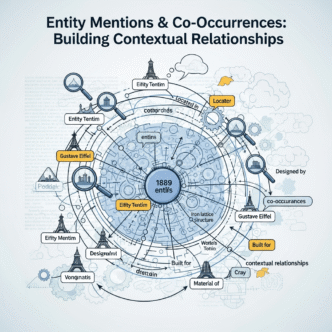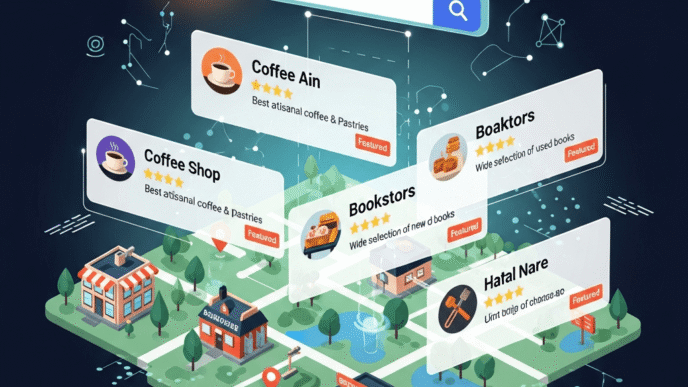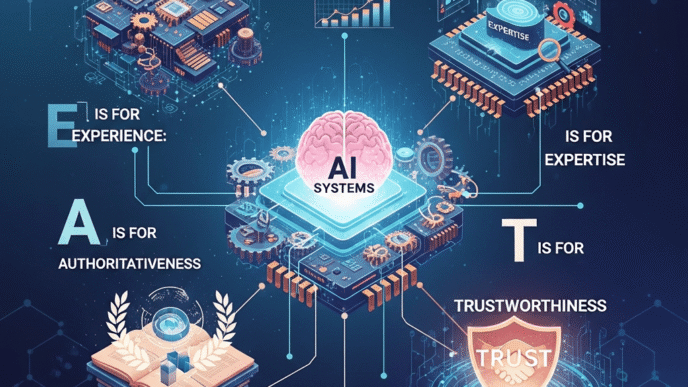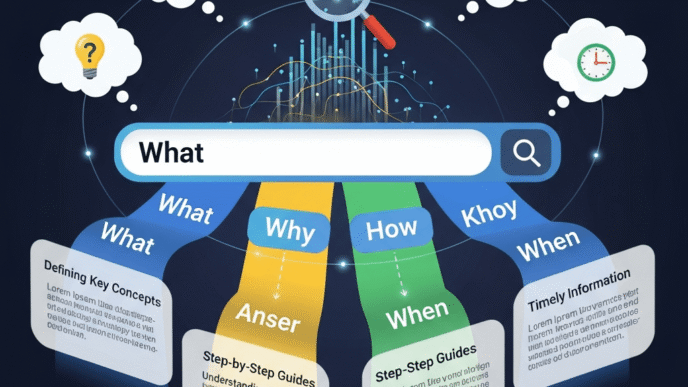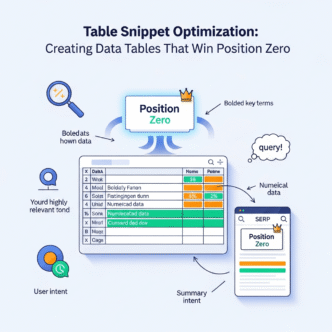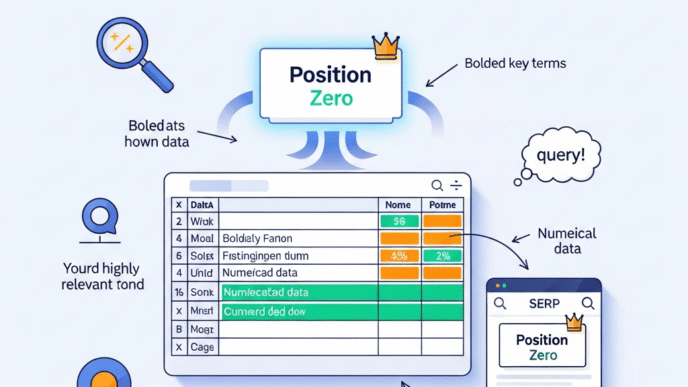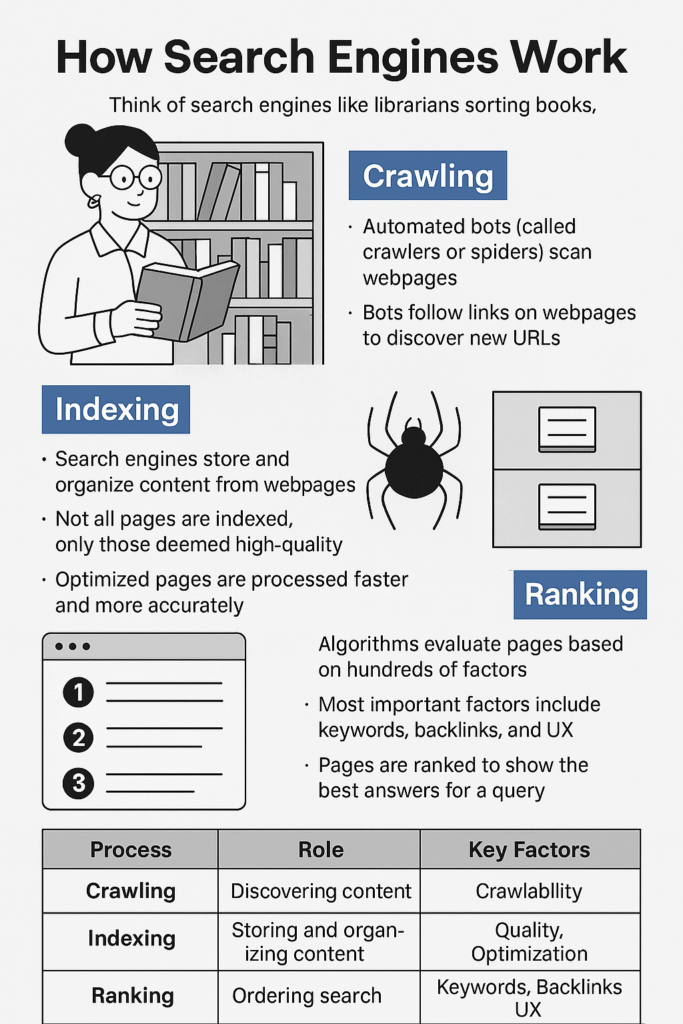
What Is SEO? A Beginner’s Guide to How Search Engines Really Work
Written by an SEO expert who’s spent more time in Google Search Console than on Netflix.
Table of Contents
ToggleWhat Even Is SEO, Really?
Let’s start by clearing the fog: SEO stands for Search Engine Optimization — and no, it’s not about tricking Google into liking you.
SEO is the art and science of making your website visible and useful to both search engines and humans. It’s about understanding what your audience is searching for, and making sure your content answers those questions in the most helpful way possible.
While Google dominates the search engine world (91.54% market share, according to StatCounter), SEO isn’t just about topping the first page. It’s about building credibility, relevance, and online visibility over time.
Think of SEO like opening a bustling coffee shop on a busy downtown street. You wouldn’t just throw open the doors and hope for the best — you’d hang a sign, offer amazing coffee, and create an experience that makes people come back. SEO is that same strategy, but for your website.
How Do Search Engines Actually Work?
Ever asked yourself how Google finds just the right recipe, fact, or funny cat video in milliseconds? It’s not magic, it’s math — and a lot of infrastructure.
1. Crawling: The Internet’s Scavenger Hunt
Search engines send out web crawlers (bots or spiders, like Googlebot) to scour the internet for content.
🔍 Here’s what happens:
Crawlers start with a list of known URLs.
They follow internal and external links on these pages.
They look for new content or updated versions of existing content.
Pages are prioritized based on credibility, update frequency, and site structure.
🛠️ Technical SEO Checklist:
To help bots crawl effectively:
Ensure your robots.txt file allows access to important pages.
Submit an XML sitemap via Google Search Console.
Avoid 404 errors and fix broken links.
Use internal linking to prevent orphan pages.
Pro Tip: Tools like Screaming Frog and Ahrefs let you simulate how bots crawl your site. Use crawl reports to patch leaks in your structure.
❗ Real-World Blunder:
A small eCommerce business launched a sleek new website — but forgot to unblock their pages from robots.txt. Result? Zero traffic for months.
2. Indexing: Google’s Library Filing System
Once bots crawl a page, search engines need to understand and store the content. This is indexing.
Imagine Google as the world’s biggest library. Every web page is a book. If your book isn’t indexed, it’s as if it doesn’t exist.
🧠 Indexing Process:
Google tries to understand the page (text, images, schema).
It assigns it topics, categories, and context.
Content is stored in its index for quick retrieval.
📌 Factors Affecting Indexing:
Thin or duplicate content might not be stored.
Blocked resources (JavaScript, images, etc.) may limit understanding.
Mobile-first indexing means your mobile version is the default.
Schema helps Google interpret meaning.
Expert Insight:
“If a page isn’t indexed, it’s effectively invisible. Prioritize crawlability and uniqueness.” — John Mueller, Google
🧪 Pro Tip:
Use the URL Inspection Tool in GSC to check indexing status, render as Google, and request reindexing if needed.
3. Ranking: The Popularity Contest with Brains
Here comes the million-dollar question: how does Google decide what ranks where?
Ranking is about evaluating quality, relevance, and user experience. Google uses 200+ factors, grouped into:
🧮 Top Ranking Factors:
Relevance: Does the page answer the query? (keywords, semantic context)
Authority: Do others trust this page? (backlinks)
UX signals: Page speed, mobile-friendliness, Core Web Vitals
Content quality: Original, in-depth, fresh content wins
Technical setup: HTTPS, structured data, crawl depth
Stat:
Pages with strong backlinks rank higher 91% of the time (Backlinko)
✅ Example:
Blog post: “Best Budget Smartphones 2025”
Structured headings (H2s)
Internal links to phone reviews
Table comparing specs
Page loads in 1.2s on mobile
That’s the SEO equivalent of Michelin-starred content.
🤹 Visual Analogy:
Google is a librarian recommending books. The most helpful, referenced, and easy-to-read books get shelf space. SEO is your way of making your book stand out.
Why Should You Care About SEO?
This isn’t just theory — it’s business survival.
Consider This:
68% of online experiences start with a search engine (BrightEdge)
SEO drives 1000%+ more traffic than organic social media (BrightEdge)
Without SEO:
You’re not showing up where it matters.
You’re paying endlessly for ads.
You’re missing free brand equity.
With SEO:
Attract qualified traffic.
Generate leads organically.
Reduce reliance on paid media.
Build a digital moat around your niche.
“SEO is the only marketing strategy where results compound over time.” — Neil Patel
The Three Core Pillars of SEO
📁 On-Page SEO
This includes all elements on your site:
Titles, meta descriptions
Headings with primary and LSI keywords
Internal links
Mobile-friendly, fast design
Media with alt text
🔗 Off-Page SEO
Things beyond your control — but influenceable:
Backlinks from reputable sites
Brand mentions, citations
Social shares
“Backlinks are digital votes of confidence.” — Moz
🛠️ Technical SEO
Your site’s foundation:
Page speed
Crawl budget optimization
Schema
HTTPS
Canonicals
Indexing rules
Real Case Study
Site: BackyardGrillMaster.com
🧨 The Problem:
They had premium products but zero traffic.
🧪 The Fix:
Cleaned up site architecture
Created blog content answering grill-related queries
Added schema and video reviews
🚀 The Result:
+200% organic growth in 4 months.
LSI Keywords & SEO Context
Latent Semantic Indexing helps Google grasp meaning.
If your keyword is “search engine optimization,” Google expects to see:
organic traffic
ranking algorithms
backlinks
crawl budget
SERP positions
Use these naturally — no keyword stuffing.
Tools: AnswerThePublic, Google “Related Searches”
SEO vs. Paid Ads — Quick Comparison
| Feature | SEO | Paid Ads |
|---|---|---|
| Cost | Time-intensive | Requires budget |
| Trust | Higher (earned) | Lower (paid perception) |
| Time to ROI | Slower, but lasting | Immediate, but stops when you do |
| Longevity | Long-term traffic | Ends when budget ends |
Pro Strategy: Combine both for a diversified funnel.
Tools To Get Started
Google Search Console
Google Analytics 4
SEMrush / Ahrefs
Screaming Frog
Yoast SEO
How Do You Measure SEO Success?
Traffic growth (GSC, GA4)
Keyword position tracking
Bounce rate & time on page
Indexed pages
Conversions from organic
“What gets measured, gets improved.” — Peter Drucker
Final Thoughts: Start Today
SEO can feel overwhelming, but it’s learnable. Don’t wait. Start with your homepage, fix your titles, and submit a sitemap. Baby steps = big wins.
🧠 TL;DR:
SEO = Visibility
It’s not overnight
Use the right tools
Track your progress
Content is king, but context is queen
Congrats! You’re now more SEO-savvy than most. Go fix that site!
